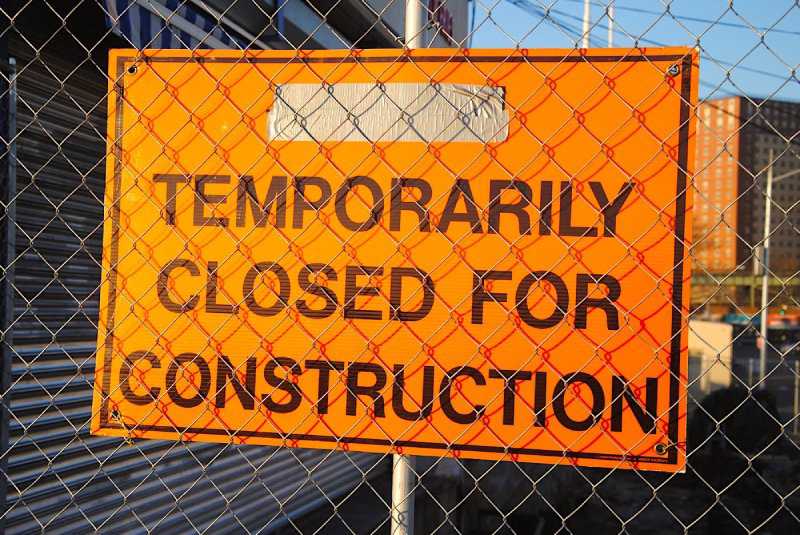General
Important 2023 Construction Labor Laws You Need to Know About


In the U.S., federal and state labor laws are in place to protect workers’ rights and employers from unfair practices. Whether your employees are certified carpenters or small business owners, employers must follow all labor laws, as failure can cost them thousands of dollars. Failure to comply with labor laws may result in fines, litigation, probationary periods, counseling and training, suspension from business activities, debarment from future contracts, loss of grant funds, and even imprisonment.
Construction plays a crucial role in the economy’s growth by developing infrastructure. The industry involves high hazards as the employees participate in many risky activities. Thus, federal labor laws are designed to protect the interest of workers in the construction management industry.
1. The Fair Labor Standards Act
This federal law intends to protect laborers against unfair pay practices. It sets out labor regulations on minimum wage, overtime pay, and child labor. The FLSA was passed in 1938 and has undergone several changes. FLSA lays down rules to specify when laborers are on the clock and when they are working overtime. This federal law applies to all old and young laborers and immigrants. All construction businesses with more than two employees fall under its jurisdiction.
2. Davis-Bacon Act
Formulated in 1931, this federal act relates to prevailing-wage regulation. It applies to federally funded or assisted construction work. As per the Davis-Bacon Act, contractors and sub-contractors working on construction projects of over $2000 are required to pay workers the locally prevailing wages on public projects. The alteration, repair, and construction of public works and public buildings also fall under this act.
3. The Occupational Safety and Health Act (OSHA)
OSHA is vital for establishing safe work conditions in the country. It was passed in 1970 to ensure that workers are protected from hazards. The Act intends to authorize standard work practices to safeguard employees from dangers like toxic chemicals, unsanitary conditions, and damaging noise. OSHA applies to all construction businesses that employ one or more employees.
4. Immigration Reform and Control Act
The Immigration and Nationality Act of 1952 was amended to form the Immigration Reform and Control Act In 1986 to curb illegal immigration. It was common for illegal immigrants to join construction work. Hence IRCA especially applies to construction companies. This act forbids employers from recruiting, hiring, or referring any person unauthorized to work in the USA. IRCA stipulates that employers must thoroughly check the identity of all employees and only employ those who possess employment authorization.
5. The National Labor Relations Act
The National Labor Relations Act, or NLRA, was signed in 1935 to address the relations between employers and unions in the private sector. Also known as the Wagner Act, NLRA aims to provide employees the right to join, organize, form, and assist labor organizations in bargaining collectively through representatives they choose. The Act also gives them the right to engage in concerted activities for mutual aid and protection. All construction businesses with two or more employees fall under the jurisdiction of NLRA.
6. Family and Medical Leave Act
This is another essential act that construction businesses in 2023 must be aware of. Family and Medical Leave Act is a labor law formulated in 1993 that grants employees unpaid time off for serious family health issues. FMLA is applicable for conditions like pregnancy, adoption, foster care placement, military leave, and personal illness. The workers can take off for up to 12 weeks. According to this act, employees are eligible for insurance coverage and job protection when on leave.
7. OSHA Hazard Communications Standard
The OSHA Hazard Communication Standard, 29 CFR 1910.1200, requires employers to provide information about chemicals used in their workplaces. This includes chemical names, hazards, physical and health hazards, and exposure controls. The information must be provided in a way that employees can understand it. The standard is designed to prevent workers from coming into contact with hazardous substances and to protect them from any adverse effects these substances may have on their health or safety.
8. Child Labor Law
Child labor law is a federal law that prohibits minors from working in specific jobs and requires employers to obtain a work permit for each minor employee. Under child labor laws, employers are prohibited from allowing children under 18 years old to work in hazardous occupations or industries. Hazardous occupations and industries include mining, construction, manufacturing, agriculture, roadwork, and logging.
The bottom line on US construction laws…
Apart from these, the United States federal laws have several other acts to protect and safeguard the interests of construction workers. The workers can ask for an inspection if they believe the OSHA rules are violated. Similarly, they can request to review records of workplace injuries. The employers of construction businesses must be aware of the new 2023 construction labor laws and implement them to ensure that employees are treated fairly.





 Technology4 weeks ago
Technology4 weeks ago10 Best Generative AI Tools to Scale Your Business in 2024



 Games2 weeks ago
Games2 weeks agoA Brief History of Solitaire: From Cards to Computers



 Model3 weeks ago
Model3 weeks agoKatelyn Ernst: Bio, Age, Lifestyle, Career, Hair & Eye Color, Net Worth



 Technology2 weeks ago
Technology2 weeks agoHow To Enhance Your Learning With Duolingo Podcasts?



 Technology5 days ago
Technology5 days agoThe Website Design Workshop: Crafting User-Centric Sites

You must be logged in to post a comment Login